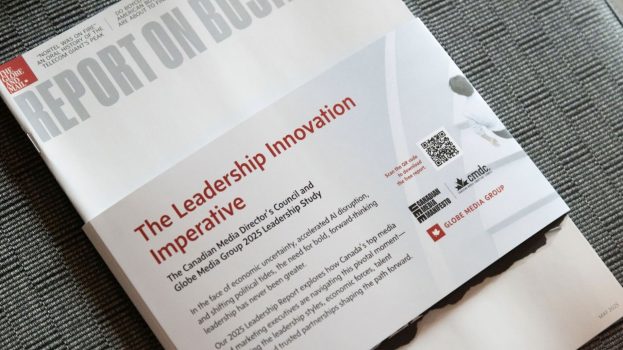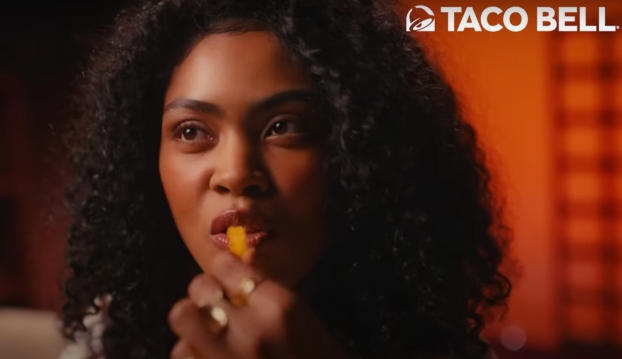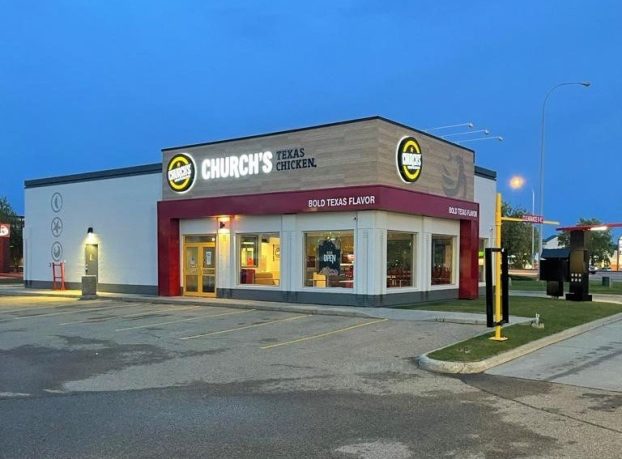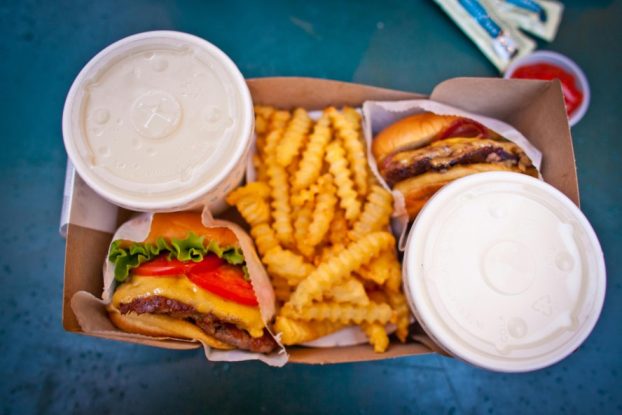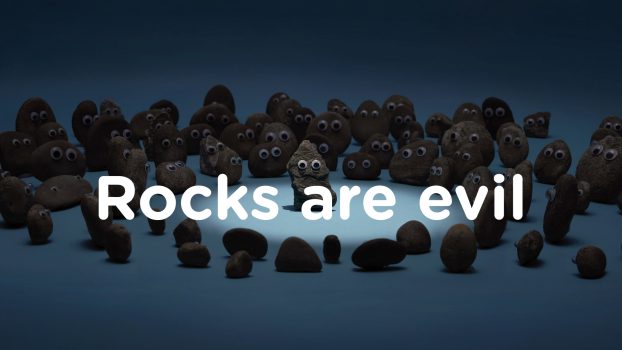This story appeared in Strategy C-Suite, a weekly email briefing on how Canada’s brand leaders are responding to market challenges and acting on new opportunities. Sign-up for the newsletter here to receive the latest stories directly to your inbox every Tuesday.
Delivery has become so ubiquitous in the QSR space that McDonald’s Canada CMO Antoinette Benoit believes consumers may one day subscribe for food delivery the way they do Netflix – marking an end to price’s dominance in influencing consumer decisions. But there’s at least one pizza chain that has no plans to add delivery to the menu any time soon.
Little Caesars, now 60 years old and the third-largest pizza chain in the world, sells ready-made pizzas, wings and sides that require no wait time, provided the customer is willing to go to the store. It continues to lean into that positioning, promoting its Hot-N-Ready offer as a functional (and cheaper) alternative to delivery.
This month, the QSR began rolling out its Pizza Portals (which were first introduced in the U.S. last November) across nearly all of its Canadian locations.
Using the Little Caesars app or mobile website, the Pizza Portal enables customers to custom order their pies, select a pick-up time, and be notified when it’s ready. That way, they can bypass lines at the counter and retrieve their order from a secured compartment using a three-digit pin or QR code.
The brand is working with Toronto’s No Fixed Address on a campaign promoting its launch. The agency developed a “secret contest” in which clues were inserted into the Pizza Portal launch commercial. Eight unique television spots were cut, each containing a hidden three-digit code. Once a code is discovered and claimed, a new version of the commercial is aired. The contest didn’t stay secret for long, with the first prize being claimed within 12 hours. NFA led strategy, creative, content production, PR and influencer relations, with help from Jungle Media on media.
It’s the first campaign Jeff Klein, SVP of global marketing at Little Caesars (pictured), has played an active role in, having been appointed to the role in April. A Canadian native, Klein was previously CMO for PepsiCo’s global foodservice in New York and has held senior roles within Frito-Lay North America. He now oversees a global team that includes Canadian director of marketing Ken Harrison, who arrived in September, and marketing manager Amanda White, who helped lead the Pizza Portal campaign until Harrison was hired.
“One of the things that we wanted to do was create some conversations versus broadcast at people,” Klein says, “and have people find out about the Pizza Portal more organically and from sources other than media.”
In an interview, Klein elaborated on the brand’s distinct positioning and priorities in Canada as it leans into a future of convenience free of delivery.
[iframe_youtube video=”XlRV84SlsqA”]
Above: A Little Caesars Pizza Portal launch commercial in which the three-digital code was hidden on a license plate. The contest’s fourth commercial featuring a different hidden code is currently airing across Canada.
How has Little Caesars traditionally positioned itself against competitors, specifically with respect to the Canadian market?
From a brand narrative perspective, it’s an extension of our U.S. business. Little Caesars is and always will be a brand about immense consumer value, first and foremost. That doesn’t necessarily mean we want to be positioned as the cheap pizza. We’re immensely proud of our product. […] But we also know that not everyone can afford pizza night, and as income continues to be stretched on either end, it’s still a reflection of [founders Mike and Marian Ilitch’s] original promise in that [they] wanted to make sure that everybody has the right to pizza night.
Most QSRs see value in offering delivery to customers. Little Caesars is one of the few national chains that doesn’t offer delivery. Does that represent an opportunity or a challenge for you as a marketer?
There are pockets in North America, including Canada, where we’re experimenting with some third-party [delivery] options. I believe we’re with SkipTheDishes up north. But Hot-N-Ready is the core of our business, and we look at that as its own way of convenience. We’re the one place you can walk in and be sure that between certain hours that our LTO or pepperoni pizzas are there, ready to be handed over, knowing that they were made 30-minutes or less. In the past, it has been a big driver as to how we could maintain our value reputation versus our competitive set, so it has played into that. Everyone seems to be fighting over delivery; we’re kind of going the other way. […] It doesn’t mean that delivery isn’t something that we’re looking into for the future. But at this point, we don’t have plans, and even if we did down the line, Hot-N-Ready is what built the company.
You first launched the Pizza Portal in the U.S. last November. What have you learned since then, and why did you decide to bring it to Canada?
One of the benefits of being a private company is we don’t manage quarter to quarter, so we were able to put Pizza Portals in all of our restaurants in the U.S. at the same time. And it’s been a huge success for us. It was the first heated, self-service mobile order pick-up station in the restaurant industry. I don’t need to convince anyone [here] that consumers are used to ordering food online. And it’s just an added convenience of skipping the register and skipping the line when you walk into the store in a seamless consumer experience. We’re also able to merchandise things a little bit more effectively digitally, so we have seen our average [bill] go up significantly when moving customers online, whether it be through our app or just online ordering, as consumers take the time to scroll through the app and see what side they want to pick or what beverage, and they’re able to just get in and out.
Taking a step back, stepping into this new role, what are some of the challenges or opportunities that you see in terms of what you want to accomplish?
When I think about the biggest challenges that the brand faces today, one is this notion of balancing building the business with building the brand. There’s a lot of pressure – more pressure than I was used to at PepsiCo – to have all of your marketing efforts drive sales overnight, and I think there’s an opportunity for us to focus more on building our brand over time. It’s difficult to design for long-term growth when marketing is tasked to drive traffic into stores, and in a franchisee network, where they are so passionate about their individual businesses, as they should be, it’s personal. You have that obligation to make sure their cash registers are ringing at all times.
The second-biggest challenge for me – something I was unaware of even up until I was interviewing [for this job] – is how good the quality of our product is. People have a really tough time grasping that you can have a high-quality product at such a low price. And the reason we’re able to do that is extreme volume. We make less as a percentage and sell a lot more to make up for it. That’s a really tough narrative to thread to consumers, because it’s almost too good to be true from a consumer perspective. In blind taste tests, we’re one-in-one with the top pizza brands. In branded taste tests, unfortunately, we’ve got some work to do. It’s an opportunity for us to tell that story. But we’ve got to tell it in a Little Caesars way.
This interview is part of a series for Strategy C-Suite, a weekly email briefing on how Canada’s brand leaders are responding to market challenges and acting on new opportunities. Sign-up for the newsletter here to receive the latest stories directly to your inbox every Tuesday.
The interview has been edited for length and clarity.



